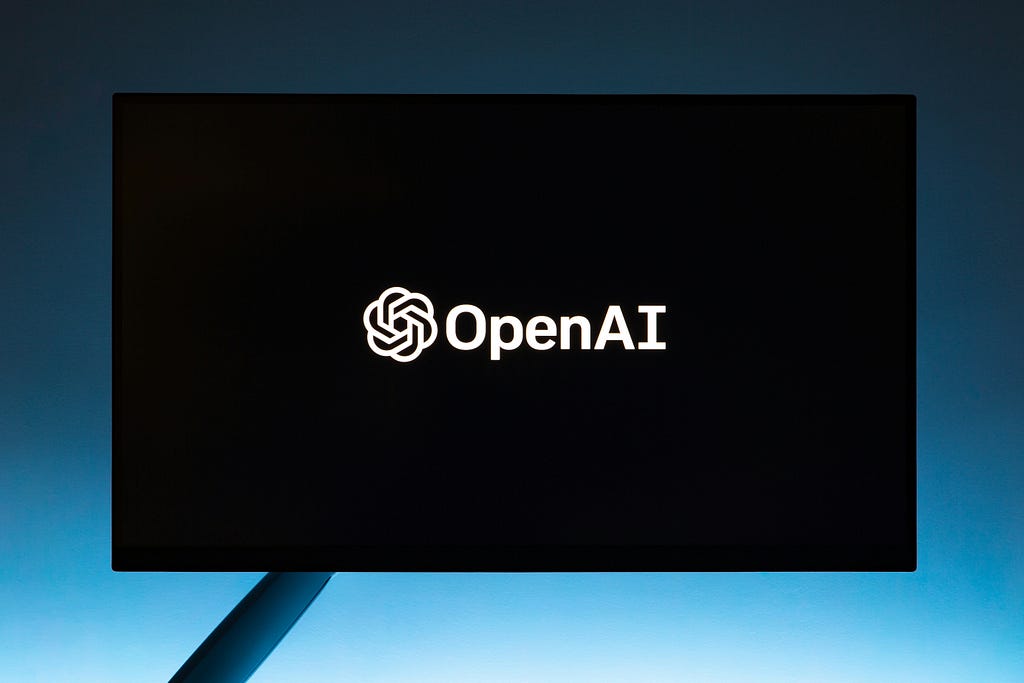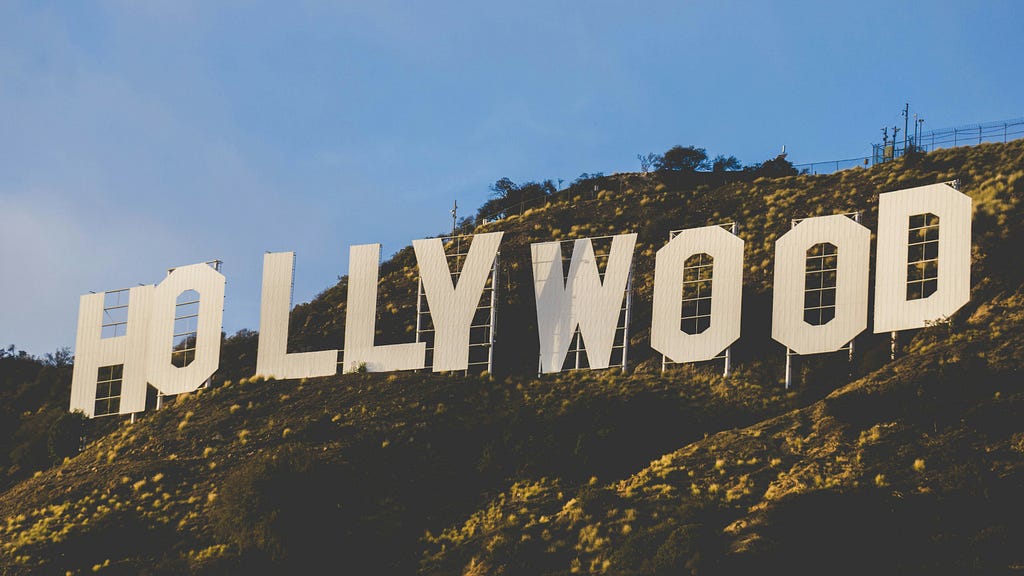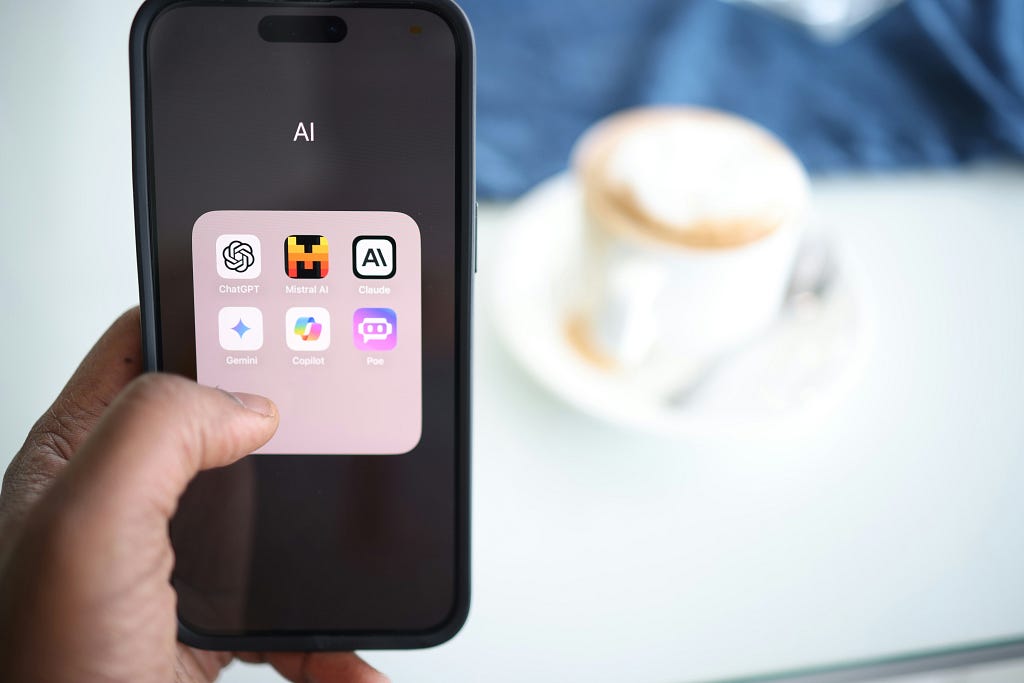
Introduction
On September 30th 2025, OpenAI, the company behind ChatGPT, rolled out Sora 2, a brand new social media app for Apple devices. It surged to the №1 position on the US App Store, and soon afterwards, Bill Peebles, OpenAI’s head of Sora, announced that Sora had hit 1 million downloads in less than five days, despite the app being in invite-only mode. This milestone means Sora 2 outpaced ChatGPT’s launch, reaching 1 million downloads faster than its predecessor.
But why has Sora 2 become so popular in just a short window of time, and why is it stirring up so much debate and controversy?
What Sora Is and Why It Matters
Sora is a new social media platform that essentially allows users to generate videos with AI, live action or animated style with hyper-real visuals and sound. Despite the fact that it was only released recently, the app has already gained a reputation for producing highly convincing video content - the only limit is your imagination. Currently, there is a free version and a paid tier version - pro users can now create AI videos up to 25 seconds long, and allow for multiple scenes to be melded together. The popularity of Sora means it now has the potential to become one of the main leaders, if not the main leader, of short-form video content.
Platform Push
OpenAI CEO Sam Altman introduced a teaser for the Sora 2 model with the use of AI-generated videos of himself making the announcement. Apps like Sora and Meta are designed to encourage users to adopt AI tools and create videos with their platforms. These aren’t just fun creator forums; they represent an entirely new branch of social media that even the major AI companies themselves are trying to figure out and keep up with. OpenAI intend to introduce monetization strategies for Sora 2, as according to Altman: “People are generating much more than we expected per user, and a lot of videos are being generated for very small audiences.”
The Wider Wave of AI Video Tools

Sophisticated tools like Sora have flooded the internet in recent times, as they tap into the appeal of being able to create whatever you like without picking up a camera or animation software and creating content organically. Meta, for example, just released a social media feed for their AI app Vibes, and Google have their own version with Veo.
However, there are also multiple concerns being raised about the consequences of such technology and the rise of ‘AI slop’ and human-based creative content being overshadowed. According to a study, it is estimated that a whopping 57% of online material is AI-generated. It is now required by several platforms to state whether or not the content is AI-edited or generated; however, with Sora 2, it is not difficult to remove watermarks that indicate AI-generated videos, making it easy for viewers to mistake deepfake videos for authentic footage.
Some platforms have introduced solutions to this: Pinterest recently launched new tools to allow users better control over generative AI content. Elsewhere across the world, new laws have been put in place — California introduced a law requiring that chatbots disclose they are AI.
Public Backlash and AI Risks

Critics have slammed the rushed rollout of Sora 2, alarmed by the implications of hyper-realistic AI footage. You have likely encountered fake AI product scams, AI ads on YouTube, fabricated celebrity footage, or politicians sharing AI-generated content on social media. Sora users have already seen wild AI-generated deepfakes, including Neil Armstrong removing his helmet on the moon, the CN Tower engulfed in flames, a dog behind the wheel of a car, and Ronald McDonald fleeing police in a burger-shaped vehicle.
Experts have warned that AI image tools are capable of being used to spread scams, misinformation and conspiracy theories on multiple high-stakes issues, such as climate change and wildfires, and it is important for users to think twice before believing and sharing videos online.
Job displacement is another concern - artists across Europe are fearful that AI may put their jobs at risk. There is even a wave of anti-AI people fed up with the spread of life-like ‘AI slop’ that have started using a Star Wars-inspired term ‘clanker’ to express their displeasure and anxiety.
Copyright Controls and Rightsholder Options
It is fair to say, therefore, that generative AI content has saturated the internet. So the question is, at what point do we draw the line when it comes to this issue?
Sam Altman recently announced that OpenAI will introduce copyright restrictions and give rights holders more direct control over AI-generated characters. When users try to generate copyrighted characters in Sora, they now see an error message warning that the content may violate guidelines. Public figures can also choose whether to allow Sora to use their likenesses. Altman outlined a plan to monetize content creation by charging users for video generation and sharing a portion of the revenue with rights holders.
Legal Risks and Industry Pushback

Despite ongoing developments to avoid rights holder disputes, lawsuits are still a potential risk if OpenAI lose control of what their copyrighted characters do and say in videos. Disney and Universal recently announced they were taking action against the AI image company Midjourney for unlicensed usage of their characters, and more major lawsuits will probably follow.
Additionally, top Hollywood agencies have responded negatively to the release of Sora 2. A day after Sora’s release, the WME talent agency sent a memo to agents stating that they would fight to defend their clients’ work. The CAA and the UTA also released statements criticizing Sora’s use of copyrighted property. Following pressure from actor Bryan Cranston, OpenAI also announced that it will be working with Cranston, SAG-AFTRA and other actor unions in response to AI deepfakes produced on Sora.
Elsewhere in the game world, several Japanese publishers, including Bandai Namco and Square Enix have requested OpenAI, via a public statement on the CODA website (Content Overseas Distribution Association), to cease using their creative works to train Sora 2. CODA have stated that much of the content produced by the app resembles Japanese works and images, thus they have determined that this act of replication may constitute copyright infringement.
Outlook

We are still in the very early stages of this technological shift, so it remains challenging to accurately forecast what lies ahead for Sora and other AI-generated content platforms - or how they will reshape the online world. While many have accepted these tools and choose to view AI tech in an optimistic light, there is widespread discomfort with regards to how it replicates human work. Nevertheless, there is little doubt that social media has changed forever. As these technologies continue to mature and evolve, AI-generated content may eventually rival - or perhaps even surpass and exceed - the quality, creativity, and impact of traditional human-produced work.
What are your thoughts on Sora and the broader landscape of generative AI technology? Feel free to share your thoughts and join the conversation in the comments section below.
Discover Black Pug Studio, Galway’s top creative agency specializing in web design, branding, graphic design, digital marketing, and game development. As award-winning innovators, our Galway-based team delivers transformative, customized solutions that attract customers, boost engagement, and fuel business growth. Perfect for startups and enterprises, our exceptional website design and branding services make your brand unforgettable.
Contact Black Pug Studio today to elevate your online presence!
AI-Generated Social Media: What it means for the future was originally published in Creative by Black Pug Studio on Medium, where people are continuing the conversation by highlighting and responding to this story.




